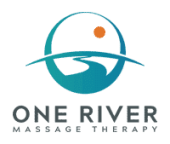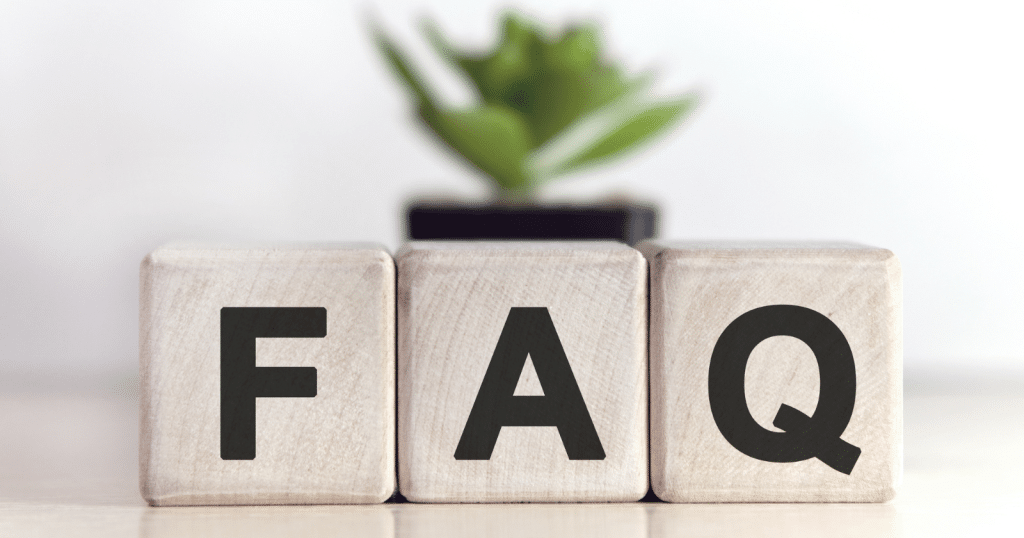Our books are currently open to those who have recently had procedures like liposuction (including 360 liposuction and water-assisted liposuction for lipedema), breast augmentation (including reductions, implants, lifts, and autologous reconstruction), facial surgeries, and tummy tucks. We can provide manual lymph drainage and, after some healing time, fascial work to help with things like fibrosis or feelings of restriction of tightness in the tissue. The intent is for our work to be supportive, non-challenging, and to help with things like pain management, swelling, and overall discomfort as you recover.
Here are some common questions we have been getting. And we love questions! Please feel free to reach out to us at info@onerivermassage.com or text or call us at 508.986.8601 if you don’t see an answer to your question here.
What is manual lymph drainage, and how does it feel? Will it hurt?
Manual lymph drainage (or “MLD,” and you may hear it called “lymphatic drainage massage” or “lymph drainage”) is a gentle, skin-stretching technique that is meant to help encourage fluid uptake from the tissues into the lymphatic system, where it can be carried back to join the cardiovascular circulation. It is NOT painful. It is surprisingly gentle but also surprisingly powerful and effective, so let’s banish the idea that massage has to hurt to be helpful.
Do you use machines to do the drainage?
We don’t. Nothing against lymphatic cupping machines or the like, they’re just not in our wheelhouse, at least not right now. We use only our hands to do the MLD, and we find this to be both effective and to allow us to feel what’s happening on and under the skin as we work in real-time.
Do you do “lymphatic evacuation” (aka forcing fluid out of the incisions)?
No. We view this technique as a dangerous invitation to infection and it is not ethical within a massage practice.
Why don’t you work on Brazilian butt lifts (BBLs)?
BBLs tend to be particularly complicated when it comes to recovery, namely positioning, complexity of the surgery itself, and concern about fat transfers being affected by massage afterward. Post-cosmetic surgery isn’t our main area of specialization, and we simply aren’t trained deeply in this procedure, so we would rather refer you to other practitioners that we know that do have the training and experience.
How soon after my procedure can I book appointments?
This is dependent upon your surgeon’s recommendation and clearance to receive lymphatic drainage massage, and surgeons’ opinions may vary. We’ll ask you this question when you book an appointment with us to make sure we’re all on the same page. We recommend taking at least a few days to let your body integrate what’s just happened and allow it to move through the very acute stage of healing before seeking treatment.
In those early days, we may not be working directly over the surgical sites (so as not to disturb incision sites and other delicate areas), but MLD can still provide some pain relief and can stimulate nearby lymph nodes and structures to encourage the lymphatic system to work at its optimal capacity. As your healing progresses, we can do more lymphatic drainage work directly near the incision sites and incorporate gentle fascial work to address potential scarring, fibrosis, or areas of tightness or discomfort. Again, gentle and supportive are key words to describe the work we provide.
How often should I book appointments? How many will I need?
As good as MLD might feel, we hear from clients that it’s tempting to want to book a session every day! But giving your body a little time to integrate each session allows for better outcomes, from what we’ve seen, rather than throwing too much at your body at once.
As far as how many you may need, another question we’ll ask you at booking time is “How much was done during your surgery?” Meaning, if it was a liposuction procedure, if they removed 1 liter of tissue, perhaps around 4 massages will feel like it’s getting good results. If it’s more like 5 liters, that may take more time. The more complex a procedure is, likely the more healing time involved and the more supportive massage sessions that might be helpful.
But everyone’s body is different, and we don’t like to give prescriptive numbers as to how many massages will work for X, Y, or Z. After your first few sessions, both practitioner and client will work together to determine a progress plan.
Scheduling can also be a sticky wicket in our practice, as our calendars tend to fill up quickly. If you can’t get in to see us when you want to and you are able to find another local practitioner who is trained in MLD, you can hop back and forth between places, as long as everyone is in communication with one another. We love collaborating with other practitioners and really creating a team approach to someone’s recovery.
We also teach self-MLD so that you can do some of this work at home to supplement your sessions and so you don’t feel completely dependent on your therapist.
Do you sell massage packages?
We don’t. We don’t want anyone feeling bound into any package agreements, since it’s very individual how many sessions a person might need, and because our schedules may not allow for booking on demand. Don’t purchase what you may not need. We’d rather you pay as you go, based on how your recovery progresses and what your and our schedules can accommodate. Our costs are listed here.
Which One River practitioner should I see?
Tessa and Megan, our massage therapists, can provide lymphatic drainage massage/MLD and fascial/scar work. Jaclyn, our occupational therapist, is a great practitioner to see if you have questions or concerns about your post-surgical compression garments, and she can also provide MLD and scar work as well. Take a peek at our bios and schedules and see who feels like the best fit for you, and if you have questions and need help with this, just ask!
You can book online here.
We are here to provide gentle and supportive (there are those words again!) hands-on work to guide you through your healing process. All the best to you as you recover!

